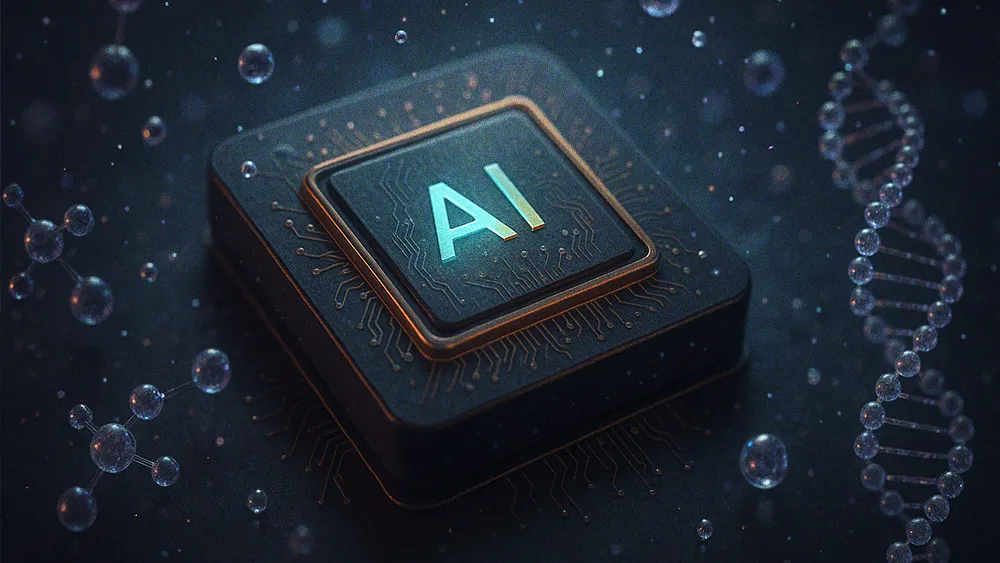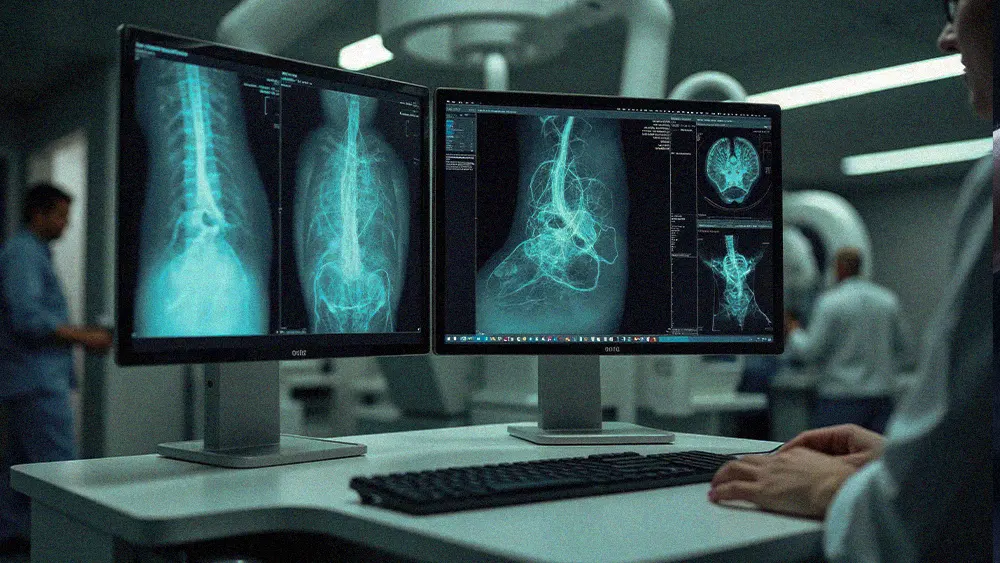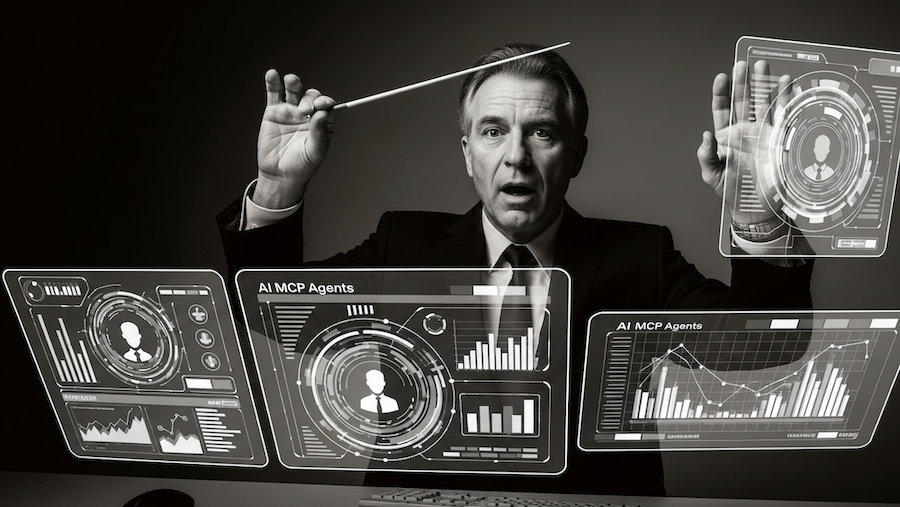Enterprise procurement is being rebuilt from the ground up. Highlighted in recent industry analysis, the shift is a fundamental re-architecting of workflows, governance, and human roles. The stakes are highest in procurement, one of the most cross-functional and highest-risk areas of any business. Here, errors can expose a company to everything from regulatory penalties to significant brand damage.
As companies grapple with fragmented systems and intense pressure to innovate, a new architectural prerequisite is emerging: orchestration. Now, orchestration is fusing with intelligent agents to form a single, transformative backbone for the future of business purchasing.
One expert with a unique vantage point on this shift is Nick Heinzmann, Head of Research at procurement orchestration platform Zip. After nearly a decade as a leading analyst at Spend Matters, his current focus is on procurement, finance tech markets, orchestration, and business process design. The industry is at a critical inflection point, Heinzmann said. Unlocking the true potential of AI will require a new, deeply integrated architectural approach.
An AI prerequisite: Grounding the current hype around AI in architectural reality, Heinzmann explained how an agent’s intelligence is constrained by the quality of the data and systems it can access. "An essential ingredient to get agentic AI to work is an orchestration layer. You see this in the architecture of any AI application these days. To use these tools, get context, and then take action, you first need the ability to connect to multiple data systems and data sources. I view orchestration and agentic AI as fusing into larger trends over the long term."
The fusion is a direct response to two converging crises, Heinzmann said. The first is technological. The promise of a single, all-encompassing software suite has failed to materialize, leaving businesses with a messy and disconnected landscape of tools as legacy systems plateau. But the second crisis is human. Today, back-office teams are being asked to do more with less, creating an efficiency gap that manual processes can no longer bridge.
A plateauing legacy: Such behavior signals a strategic shift in the market, Heinzmann said. It reflects a loss of faith in the single-vendor model and an active search for a bridge to the future. "People are doing shorter contracts now with their historical source-to-pay vendors. They're starting to think about the future and how to bridge their current solutions, some of which were founded 20 or 30 years ago, to more modern tech and approaches."
The human catalyst: Heinzmann framed this operational pressure not as a cyclical business challenge, but as the primary catalyst forcing companies to adopt automation. "There's a real talent crunch in the back office. Procurement is certainly not immune to it. There's a need to do much more with less. But there's not a hiring effort to fix that, so there's also an efficiency gap."
The solution emerging from this pressure cooker is a new operating model that fundamentally inverts the traditional workflow, Heinzmann said. By shifting humans from process initiators to strategic overseers, it could redefine the relationship between people and technology.
Workflow inversion: The model doesn’t aim to remove humans, according to Heinzmann. Instead, it strategically repositions them. Rather than starting a process, human orchestrators oversee and execute critical decision-making points within it. "If you look at how workflows have traditionally been executed, they are human-initiated and then machine-assisted. In the very near future, and for some of our current customers right now, we're seeing more workflows that are machine-initiated rather than human-initiated, and then human-reviewed."
But handing the reins to machines also introduces a challenge of trust and control, Heinzmann cautioned. Navigating the transition safely will require a new "trust architecture" built on clear principles of accountability and a redefinition of the human role.
The accountability principle: A solid foundation for designing new workflows must be the core tenet, Heinzmann explains. For example, he typically applies a timeless risk management concept, the separation of duties (SoD), to the human-agent relationship. "A computer should never be liable for a decision because it can't be held accountable. For example, with financial controls. We don't have the same person approving an invoice that we have approving a payment, because it makes it very easy to pay yourself. Now, the same standards must apply to human-agent teams."
From initiator to auditor: For Heinzmann, the result is a more optimistic outcome of automation. When tech frees human talent from transactional drudgery, it allows them to focus on the strategic work that machines can't do. "The human role becomes more of an auditor, reviewer, and, ultimately, a decision-maker. The focus shifts to strategic tasks like supplier relationship management, where human connection drives value that an agent cannot replicate.
A successful approach moves beyond demanding blind faith in a black box, according to Heinzmann. Instead, its goal is to create an informed user base that understands the entire system, including its limitations and strengths. To build realistic confidence, teams must develop "AI fluency," he said. "You need to understand how these systems work, where they make errors, and what they're good at."
The technology of trust: On the technology side, the user interface must be designed to empower users, Heinzmann advised. More specifically, it must give them the ability to verify an agent’s work independently. "What level of auditability do you have to see the reasoning behind a decision? Can you audit that before you click a button to approve something?"
A more transparent system enables the development of a new, essential skill, Heinzmann concluded. Because eventually, the future of work will require users to critique and fine-tune AI with better prompts or by re-sequencing the workflow, like coaches for digital teammates.
But for Heinzmann, the shift also marks the beginning of a rapid and irreversible transformation. Now, a more flexible, intelligent, and human-centric model is replacing the old ways of working. "By 2030, how people will run their procurement organizations, both from an operating model and a technology perspective, will be very different than not only 2020, but even right now."









